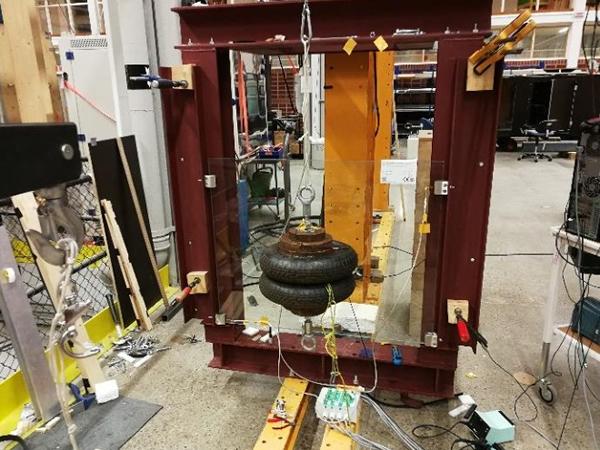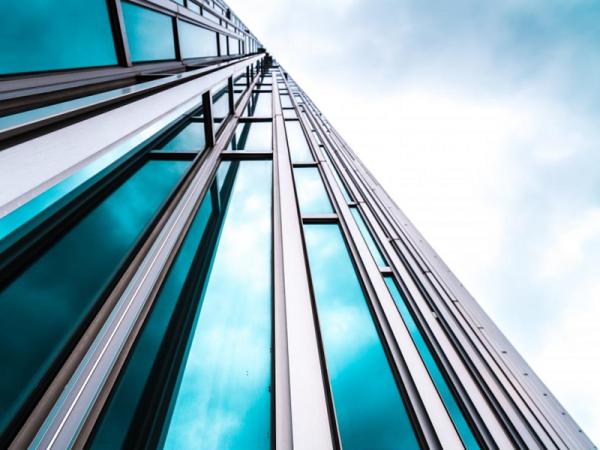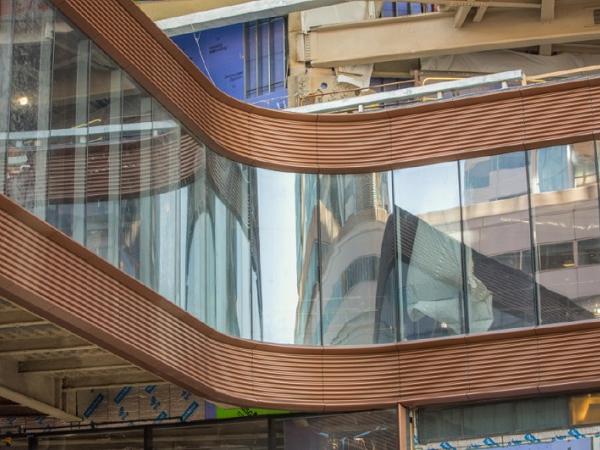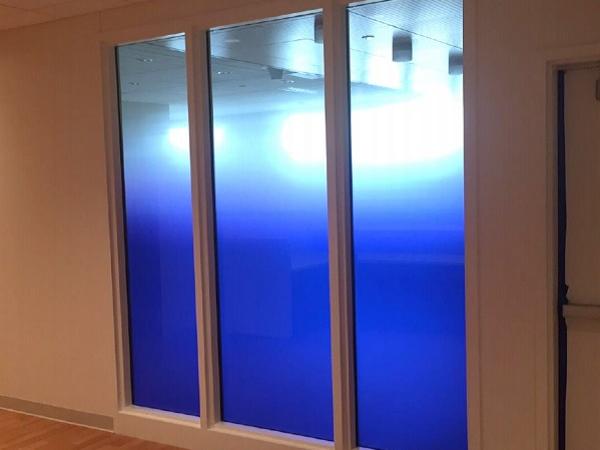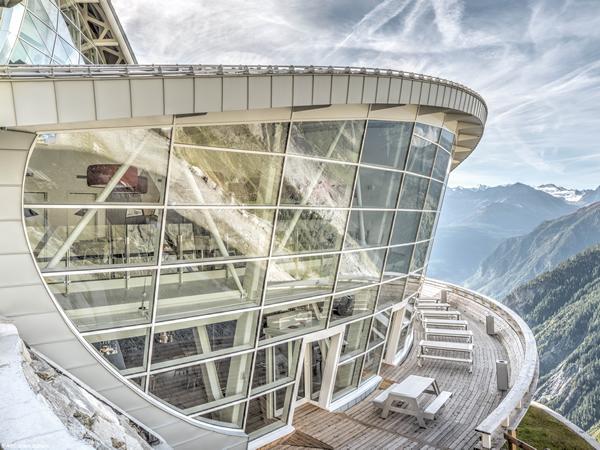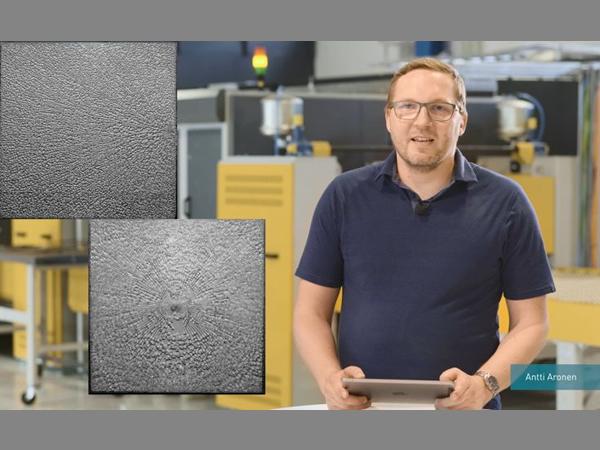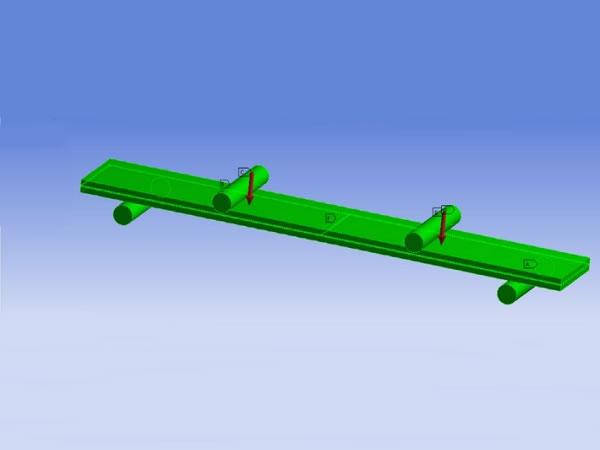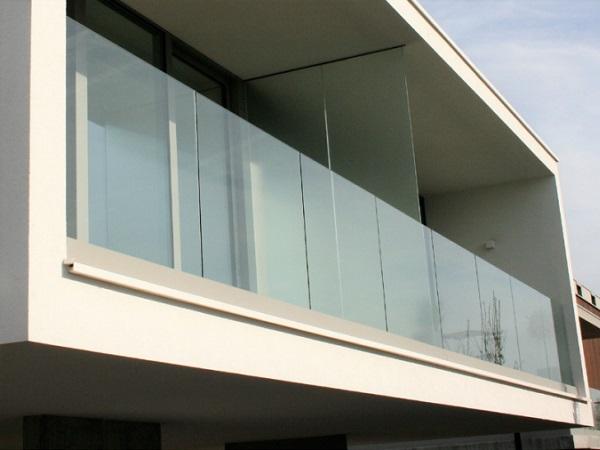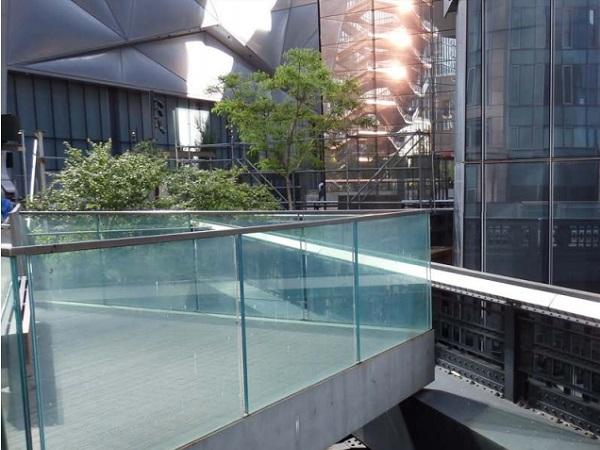Others also read
| The structural glass for this globe structure is created with laminated double curved glass panels patch supported by a steel structure.
| The post-breakage behavior of glass beams is not easy to predict, therefore Octatube performed a range of tests on different glass fins varying the test setup.
| The paper presents an overview of the work completed within the on-going research project “Structural safety of glass components” carried out at the Silesian University of Technology, Lund University and RISE Research Institutes of Sweden.
| High-performance interlayers add to the stability, design flexibility, and adaptability of architectural glass
| From domed skylights to curved handrails, revolving door enclosures to building enclosures, the dramatic curves of bent glass offer architectural form and function.
| The main goal of all fire-rated glass is to compartmentalize fire to enable safe exit. It is most commonly used around egress areas, property line walls, stairwells, and points of exit.
| Glaston is working hard to make tempering furnaces more automated.
| Held in Düsseldorf from 15 to 18 June 2021 glasstec will pick up on the latest glass trends related to shapes, formats and structures.
| That’s an excellent question! It really is true that SentryGlass is more difficult to laminate in many aspects than standard PVB. But if we first think of what SentryGlass has been designed for, it is to give structural strength to the laminate.
| It is a very known behavior that the glass fragmentation depends on where you break the glass.
| Traditional uses of glass have been reinvented by two architectural firms, who artfully use glass and interlayers to achieve very different design goals.
| Noise as one of the major pollutants in our environment and society
| According to the American Bird Conservancy (ABC), glass collisions claim the lives of up to a billion birds annually in the U.S.
| Time-temperature superposition principle is widely used to generate interlayer modulus properties in the form of mastercurves for use in glass design.
| This paper presents an evaluation of the use of annealed laminated glass incorporating the stiffer PVB interlayers.
| Cantilevered laminated glass balustrades supported by bearing in continuous base shoes are among the most ordinary applications of structural glass.
| Increasing demands on security in an uncertain world have to be considered additionally by the building industry. Nowadays, largesized glazing in the building envelope cannot disregard safety requirements.
| The paper describes the research and development of phosphorescent glass.
| Laminated glass panels installed in structurally glazed applications may not always have the full laminate glass thickness supported along its bottom edge.
| This paper was first presented at GPD 2019 by Dr. W.M. Stevels from Eastman Chemical Company.
| Due to the tension stiffening of the polymeric interlayer resulting from the adhesion with the glass shards, laminated glass maintains significant stiffness and strength even when all glass plies are broken.
| Over the past few years London has enjoyed a building boom seeing a large number of developments particularly in the residential and commercial office sectors.
| Architectural preferences for commercial building continue towards increased transparency resulting in large lites of glass with minimal visual obstruction.
| Insulating glass has been used around the world in applications ranging from family homes to high-scale construction.



